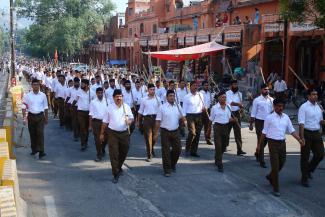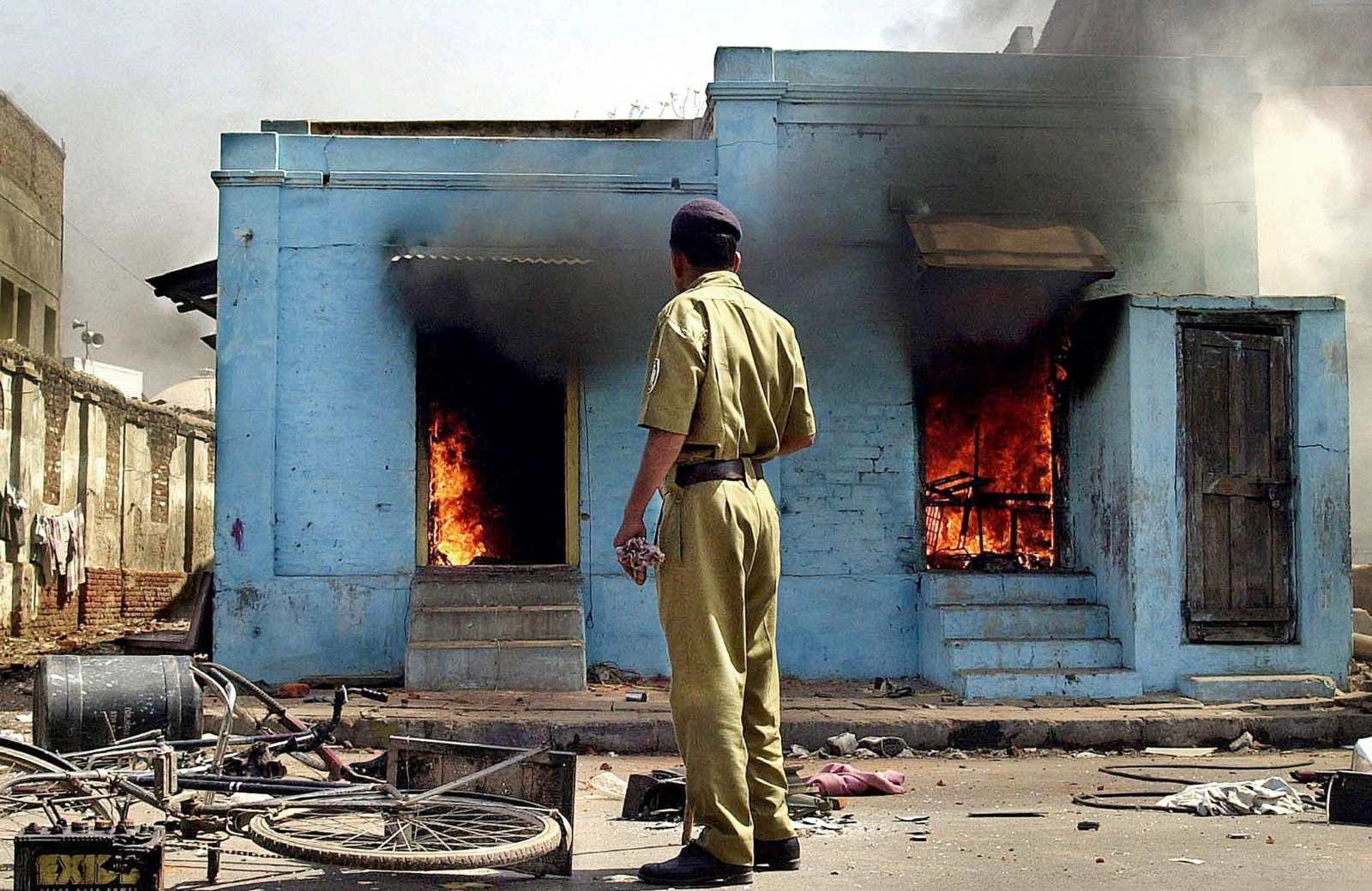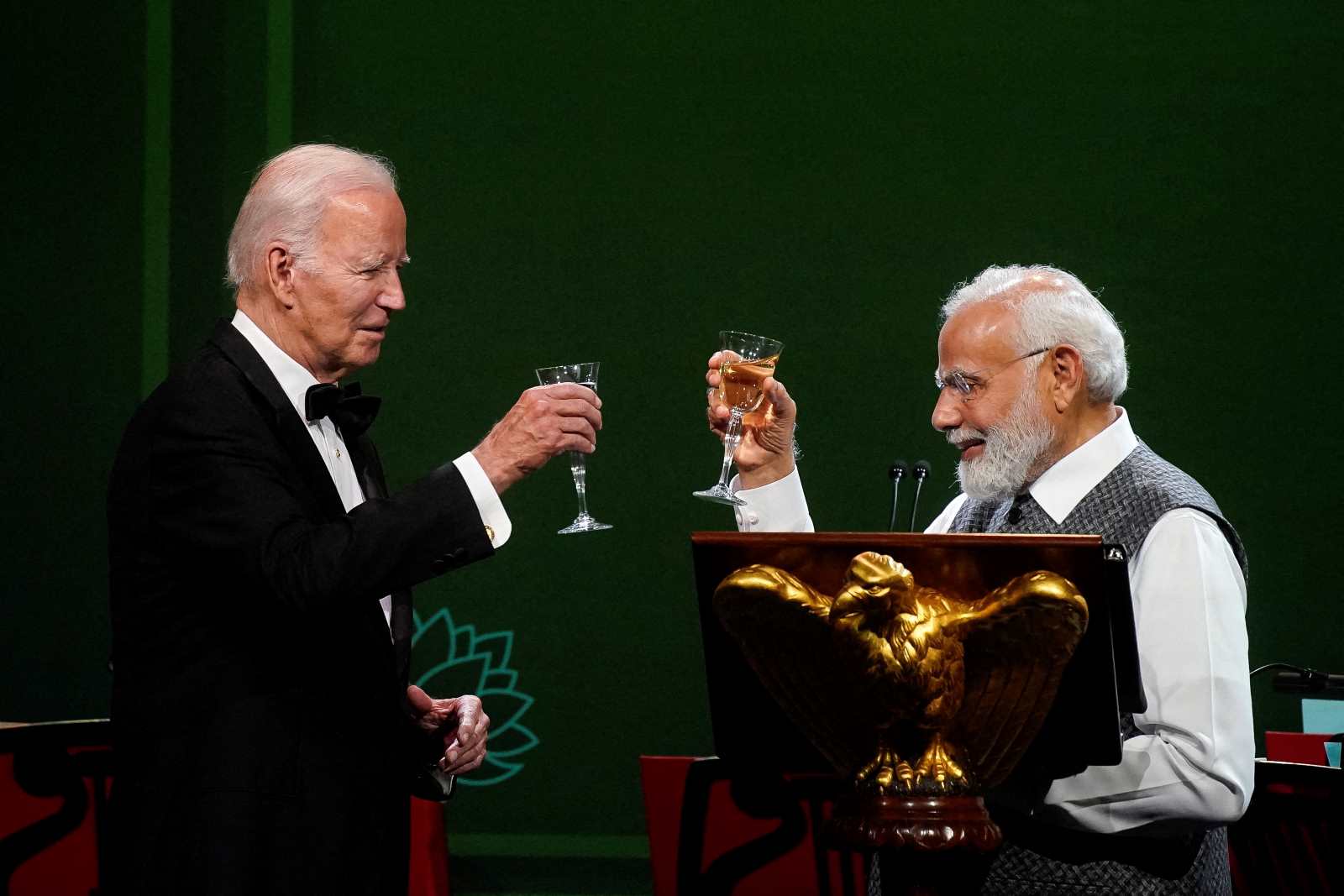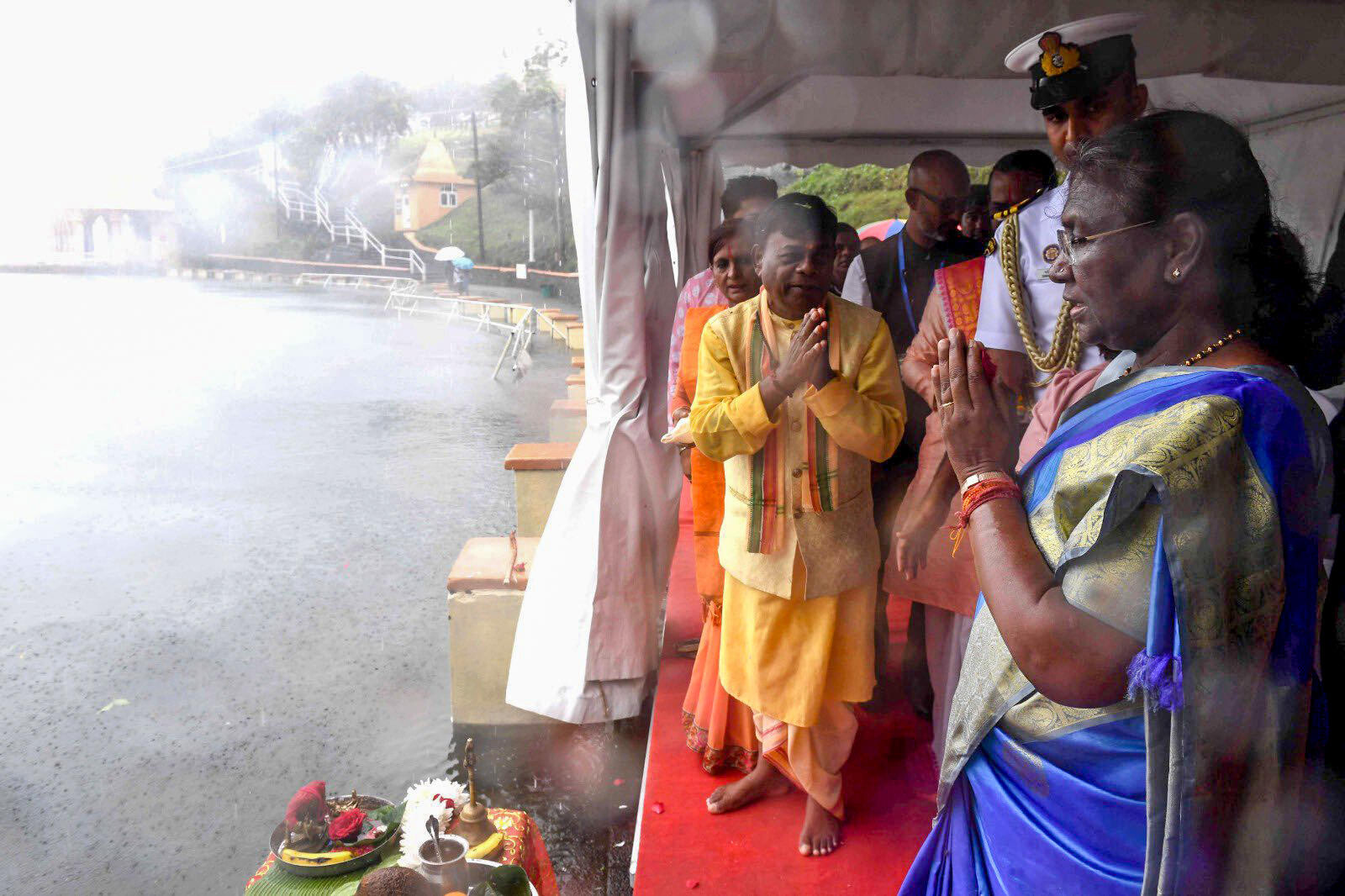Governance
A brief history of Hindu-supremacism in India

RSS stands for Rashtriya Swayamsevak Sangh, which means national self-help organisation. It was founded in 1925 by Keshav Baliram Hedgewar in the city of Nagpur. He was inspired by Vinayak Damodar Savarkar who had developed an ideology of Hindu nationalism. The RSS was modelled on the Italian fascists and later, as they became more powerful, on the German Nazis. Mussolini and Hitler were seen as heroes. The idea was to create an Indian cadre organisation that would span the subcontinent and promote the idea of a Hindu nation living in accordance with traditional norms. Those norms, of course, included the rigid and oppressive caste system.
The RSS was started in the same decade as the Muslim Brotherhood was launched in Egypt. The motivation was similar. In both cases, conservative members of the educated middle classes were upset about the corruption of Britain’s colonial rule. They did not want to be contaminated and hoped that emphasising religious values would inoculate society. Impressed by right-wing movements, they wanted to organise members in a similar way. They promoted social work to uplift the poor and spread their ideology.
Today, the RSS has 4 million to 5 million members. Its men are known to do regular paramilitary exercises dressed in brown slacks and wielding long bamboo sticks.
The RSS doctrine includes the following principles:
- India belongs to the Hindus.
- Hinduism is not simply a religion, but even more a way of life.
- Every religion should have complete freedom to practice its faith according to its rules and traditions.
- The implication is that everyone who resides in India must accept the norms, values and history of Hinduism and should also be willing to make sacrifices to protect it.
RSS rhetoric can sound noble and harmless. The ideology, however, is neither. Its focus is on oppressing minorities. The worst hit are India’s Muslims, but Christians feel repression too. To some extent, the RSS appreciates indigenous religions like Sikhism and Jainism, but those who adhere to these faiths are often upset about how the RSS declares their belief systems to be variants of Hinduism and expects all of them to stick to the latter’s traditions.
Self-proclaimed nationalists unsupportive of freedom movement
Given that the RSS emphasises nationalism, one might think it was actively involved in the independence struggle. It was not, but actually supported the colonial government to some extent. The reason was that the RSS did not like Mahatma Gandhi’s vision of an inclusive nation in which all religious communities would enjoy equal rights. At the same time, it was appalled by the idea of creating Pakistan as a country for Muslims. Unable to create a mass movement for its Hindu-supremacist vision, it did not become involved when Gandhi launched civil-disobedience campaigns in the 1930s that then led to the successful Quit India movement of the 1940s.
In early 1948, not even six months after the colonial power had left, Nathuram Godse murdered Gandhi in Delhi. He was a former RSS member who felt that the independence leader had hurt the Hindu-supremacist cause and who was angry because of the subcontinent’s partition.
The assassin was put on trial, sentenced to death and hanged. For a brief period, the RSS was banned, and the Congress party stayed the dominant political party for the next decades.
The RSS kept spelling out its discontent with the secular state. For example, it opposed India’s tricolour flag. The background is that its green stripe symbolises Islam, the white one Christianity and the orange one Hinduism. The lion sculpture in the middle of the flag stands for the ancient Asoka empire which was Buddhist and covered most of South Asia. The flag thus gives no indication whatsoever of Hindu dominance. Early on, the RSS stated: “The word three is itself an evil, and a flag having three colours will certainly produce a very bad psychological effect and is injurious to a country.”
A large network of organisations
The RSS is the core of Sangh Parivar, a large network of organisations. To a large extent, the affiliates do what the RSS expects them to do. The BJP is the political party that represents the Sangh Parivar. Some of its top officials are RSS members, including most prominently Prime Minister Narendra Modi himself.
Other RSS influenced organisations are active in cultural and social affairs. In a country where basic necessities are unaffordable or inaccessible to masses of people, the network’s social programmes and educational efforts matter in particular. They inspire loyalty among those who benefit. At the same time, they give the entire network a positive reputation. Perhaps most important, they spread the RSS ideology. The Sangh Parivar permeates all sectors of Indian society, apart from non-Hindu faith communities.
About 80 % of India’s 1.4 billion people are Hindus, while 14 % are Muslims. The rest belong to other religions. Hindu-supremacism has a long history of violence against minorities. Muslims are most affected, but others are sometimes targeted too.
Because of deadly riots in Gujarat in 2002, when Modi was chief minister there, the USA denied him entry for several years. As prime minister, however, he is no longer ostracised, but courted by western governments who see him as a potential ally against China.
Civil rights are not guaranteed in contemporary India. Some journalists and civil-society activists have been murdered. Aggressive trolling on social media serves to silence people.
Moreover, Muslims are increasingly at risk of violence. Lynchings occur regularly, and large-scale Islamophobic riots can erupt any time. The last major incident of such bloodshed was in Delhi in early 2020.
The RSS is doing what it can to impose the Hindu-supremacist rule it aspires to. So far, it has not fully succeeded. Its affiliate, the BJP, has been the strongest party in recent years, but it still faces serious challenges. Several large states are run by other parties, which have formed an alliance to contest the national elections next year. Nonetheless, Modi’s BJP won several recent state elections.
On the other hand, the BJP has been building strong relations with India’s corporate leaders, including in the media business. Especially the influential private TV channels support Modi. To some extent, efforts to align the non-political military to the RSS agenda have been making progress. There is some support for Modi in the judiciary as well, though Supreme Court rulings do not always turn out as he would like.
The future of India’s democracy is in the balance. If the RSS gets its way, the secular constitution will become obsolete. Minorities, which have long suffered marginalisation, will lose even the legal claim to equal citizenship. Since the Hamas attacks in Israel on 7 October, Hindu-supremacist propaganda is once again casting all Muslims anywhere as reckless terrorists.
Suparna Banerjee is a political scientist who lives in Frankfurt.
mail.suparnabanerjee@gmail.com



















